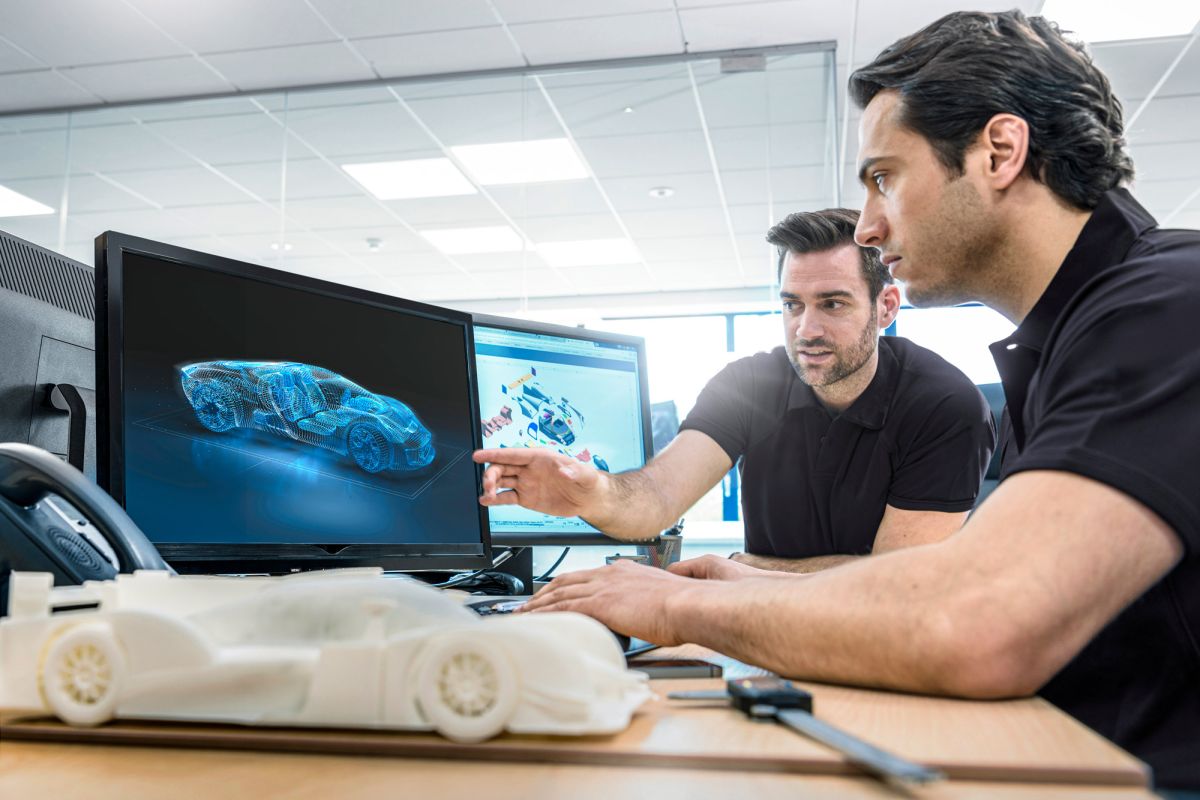
A close relationship is essential
One of Datwyler’s key strengths is our open and honest collaboration with customers. Once we have an idea or an initial draft design from a customer, the co-engineering process begins. With the first designs we simulate a situation to test if it will be effective. In this instance we ask, is the sealing solution fit for purpose? Is there any element that is overstretched by using this solution? Are the stress levels too high? We need to test the design in a simulated environment to gather data of what is actually required to achieve the desired end result. From there, we begin to develop a suitable sealing solution, with a focus also on the production process to make it a reality.
To ask the right questions requires a close working relationship with a customer, as access to a lot of information is needed.
For example, if we identify the need for a new sealing solution based on the simulation data, we need to understand any existing challenges, which parts, temperatures and materials are surrounding the part, and much more. If the part is made from aluminum, which type of aluminum? Which surfaces? How are they treated? How are they finished? Is there harsh media present we must protect against?
All of these parameters have an impact, therefore all information that we discuss with our customer is valuable. We must know every element that may have an influence on the seal and its material – however small – before our material development experts can take on the task of customizing a compound.
Safeguarding against every eventuality and building a red threat to root-cause analysis
To ensure there is no stone left unturned throughout the engineering process, we put in place a Failure Modes and Effects Analysis (FMEA). This is a systematic to identify all possible failures and their associated impact should something happen, which is overseen by an FMEA moderator.
The moderator is in place to guide us through this process and also to ensure we ask the right questions at the right time.
It is a two phase process. First, we have the design FMEA - does the part fulfil all of the requirements? Later, there is an FMEA that checks the whole process. Does it fulfil the production requirements of the part? Can the part be produced in the way we have outlined? Are there risks that must be mitigated to ensure the process is safe?

Should something go wrong it is necessary to understand exactly what impact it would have on the product and on the safety of operators. The FMEA allows us to do just that. Although producing an FMEA is often more intensive than the entire co-engineering project itself, they must be incorporated. Root cause analysis is vital, and these systematics ensure problems can be identified and resolved quickly by allowing us to work backwards through the process.
In addition, there are often changes in the parameters we will have to deal with that are made far easier by having an FMEA in place. Increased requirements or new restrictions such as materials restricted by REACH may require us to rework a solution, to find a material that will replace the existing one and to respecify.

Why are customers not doing this by themselves?
Where ICE vehicles are concerned and the technology has existed for many years, it is easier to use commodity components to achieve a desired result.
However, as we are in a transitional phase, we are frequently seeing the need to depart from standard part families to achieve the functionality and safety levels required in new mobility solutions.
All of a sudden, a standard sealing solution needs to be replaced with a complex compound capable of a certain level of thermal resistance or thermal conductivity, for example.
Space can be limited; temperature needs to be considered and the surrounding media is changing. All of these elements require a level of expertise in sealing solutions that is often not possible for manufacturers to maintain in-house. That is the reason why collaborative projects are increasing across the industry. New solutions need to be completed quickly to enable manufacturers to continue momentum and to gain market share. Co-engineering projects are the correct approach.
Our industry needs experts to support its evolution in this transitional phase. Through working together, we can make that transition as seamless as possible.